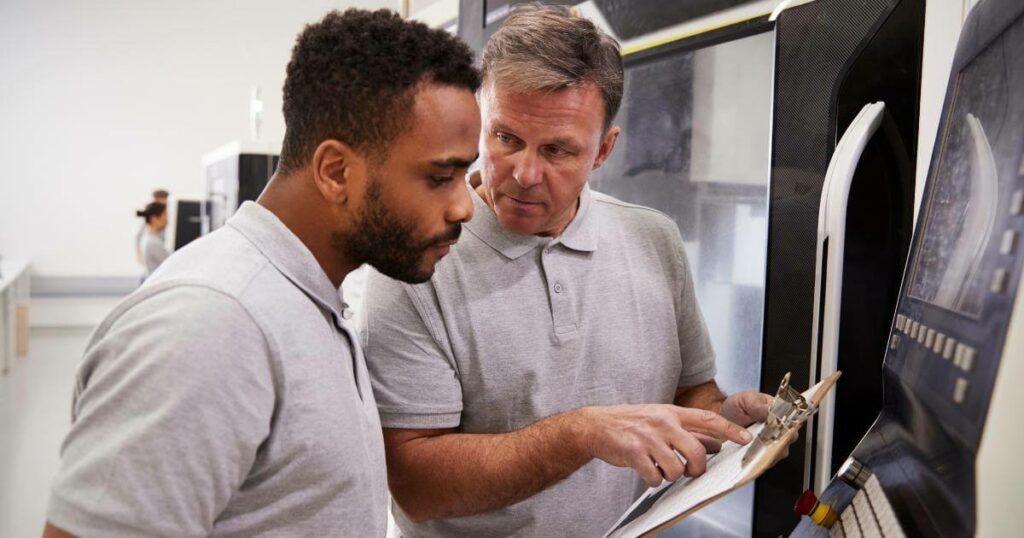Once you’ve learned how to create a comprehensive onboarding program that helps lay the foundation for long term success, you need to shift your focus to employee development strategies.
The second post of our recruitment and retention strategies series covers training and skills development. You’ll learn about:
- The benefits of upskilling and reskilling employees
- Empowering development plans and individual employee support tactics
- How a culture of continuous learning equates to improvement and innovation.
Continuous Learning Culture: An Investment That Pays Dividends
Investing in continuous learning, training, and development for your employees is an investment in the future of your company. Empower your employees to adapt to evolving challenges and seize new opportunities, ensuring they remain valuable assets to your organization. Here are three areas to focus on.

Identify Skill Gaps and Offer Targeted Training Programs
Employee growth is essential for long-term success, so it’s imperative to work with department managers to identify — and close — skill gaps within your workforce. Many employers are seeing an increasing need for upskilling and reskilling among existing employees, from entry-level to leadership.
According to the World Economic Forum, up to 44% of workers’ core skills are projected to undergo changes in the next five years.
This highlights the urgency to provide ongoing training and development opportunities that enable them to adapt to new and evolving processes.
With an extensive network of reskilling and upskilling training resources, your organization can offer tailored programs to begin closing the skills gap. In turn, employees are empowered to enhance their abilities and contribute more effectively.

Implement Employee Mentoring, Coaching, and Professional Development Opportunities
We believe in the power of one-on-one guidance and support, which is why your approach should go beyond generic training programs. Each employee’s development plan should be unique, but should always be centered around their strengths and goals.
For example:
- Providing individual mentoring and coaching opportunities help employees unlock their full potential, and are important components of employee development strategies.
- Connect your team with relevant professional development workshops and seminars tailored to their roles and interests.
- Offer continuing education credits or education reimbursements to pursue a new certification.

Create a Culture of Learning That Encourages Growth and Personal Advancement
A learning culture is the backbone of thriving organizations, driving continuous improvement and innovation. Encourage curiosity and innovation to foster a constant learner mindset. Provide employees with access to membership-only industry websites, industry conferences, and include them in internal meetings with key stakeholders for additional growth and advancement opportunities.
With a learning-focused atmosphere, your employees feel valued and motivated to expand their knowledge and expertise. This leads to higher retention rates, increased job satisfaction, and a workforce that is adaptable to the evolving needs of your business.
Key Takeaways: Employee Development Strategies
- Investing in a continuous learning culture is important for employee development and the future of your company.
- Make upskilling and reskilling employees a priority. Identify skill gaps and provide targeted training programs to close the gaps.
- Employee development strategies should be centered around their strengths and growth goals. This includes mentoring, coaching, access to professional development events, and opportunities for advancement.
Next Up: Employee Assessment and Performance Management Best Practices
The next installment in our recruitment and retention strategies series will guide you through the implementation of effective performance evaluation systems. Plus, free employee evaluation templates for informal check-ins and formal performance reviews!
Can’t wait? Get the complete guide.





